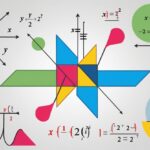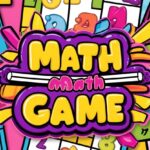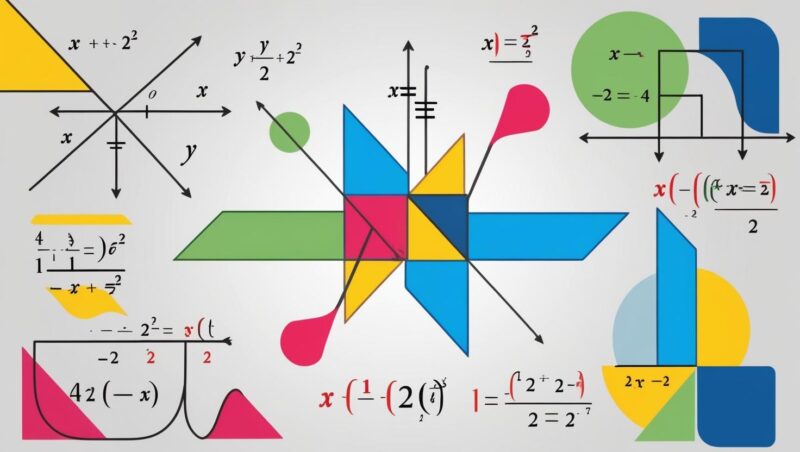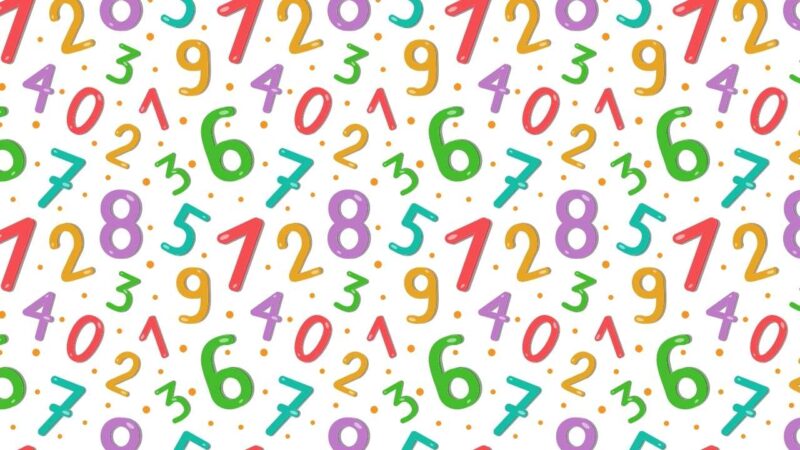
Share Post:
The most basic numbers are called natural numbers. These numbers start from 1 and go on forever. They do not include zero, negative numbers, or fractions.
They are simple, easy to use, and follow basic math rules. Without them, counting would be impossible. Knowing how these numbers work makes math easier to understand.
Table of Contents
ToggleWhat Are Natural Numbers?
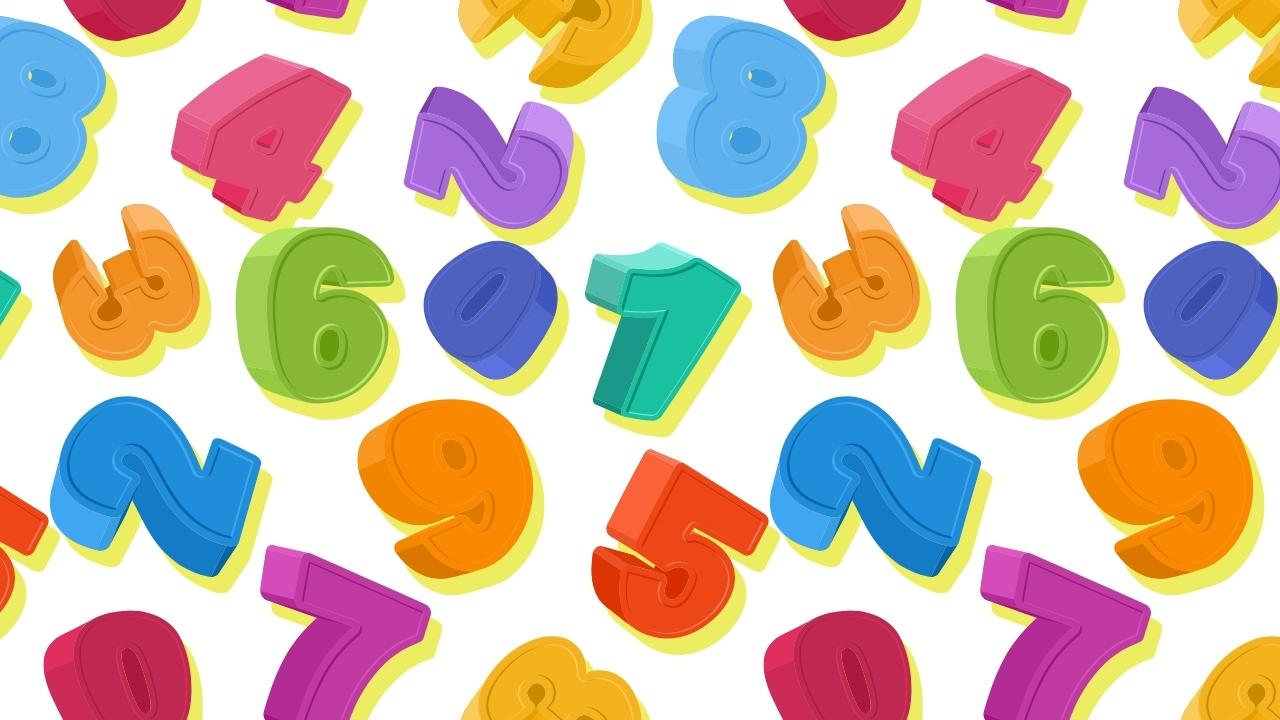
Natural numbers are the first numbers people learn. They start from 1 and go on forever. These numbers help in counting things like apples, toys, or people. That’s why they are also called counting numbers.
They do not include zero, negative numbers, fractions, or decimals. You cannot count half an apple as a natural number, and you cannot have negative three toys. Also, they are always whole and positive.
The set of natural numbers is written as:
N = {1, 2, 3, 4, 5, 6, …∞}
If you can count something using 1, 2, 3, 4, and so on, you are using natural numbers!
How Do Natural Numbers Work?
Natural numbers follow simple rules that make math easy. These rules help in adding, multiplying, and ordering numbers correctly.
- Counting – Used to count things. Example: “I have 4 pencils.”
- Ordering – Always move forward. Example: 5 comes after 4, 6 comes after 5.
- Adding and Multiplying – If you add or multiply two natural numbers, you always get another natural number. Example: 3 + 5 = 8 (still a natural number).
But they do not work for everything. You cannot always subtract or divide them and still get a natural number. Example: 5 – 7 = -2 (not a natural number).
Natural numbers help in everyday life. They are in prices, clocks, scores, and even phone numbers. Without them, counting would be impossible!
What Is the Smallest Natural Number?
The smallest natural number is 1. It is the first number used for counting. There is no natural number smaller than 1.
Many people ask, “Is zero a natural number?” The answer is no because zero does not help in counting. You cannot count zero apples or zero pencils. Counting always starts from 1. Mathematical reason why 1 is not prime.
These numbers go on forever, but they always start with 1. If someone asks, “What is the smallest natural number?” You now know the answer—1!
How Are Natural and Whole Numbers Different?
Natural and whole numbers look almost the same, but there is one big difference—whole numbers include zero, but natural numbers do not. If you want to learn more about how whole numbers work and their properties, check out our article on whole numbers and their characteristics.
- Natural: {1, 2, 3, 4, 5, …∞}
- Whole: {0, 1, 2, 3, 4, 5, …∞}
Zero is important in math, but it is not a counting number. That is why they always start from 1. Whole numbers include zero and all natural numbers. However, not all numbers fit neatly into these categories. Some, like π and √2, cannot be written as fractions or whole numbers. Learn more about irrational numbers and why they are so unique.
If someone asks, “Are all whole numbers natural numbers?” The answer is no, because zero is a whole number but not a natural number. But if they ask, “Are all natural numbers whole numbers?” The answer is yes because whole numbers include everything that natural do!
How Do Natural Numbers Look on a Number Line?
A number line is a straight line that helps you see how numbers grow. Natural numbers are placed on the right side of zero, moving forward without end.
Number Line
|—|—|—|—|—|—|—|—|—|—>
1 2 3 4 5 6 7 8 9 10 …
Each number is one step away from the next. There are no fractions, decimals, or negative numbers.
When using a number line, remember:
- These numbers always move forward (they never go backward).
- The gap between each number is always the same (one step at a time).
- Zero is not part of them(it belongs to whole numbers).
A number line is useful for counting, adding, and comparing numbers in a simple way!
What Are the Rules of Natural Numbers?
They follow simple rules that make math easy. These rules help when adding, multiplying, and working with numbers.
1. Adding and Multiplying Always Work
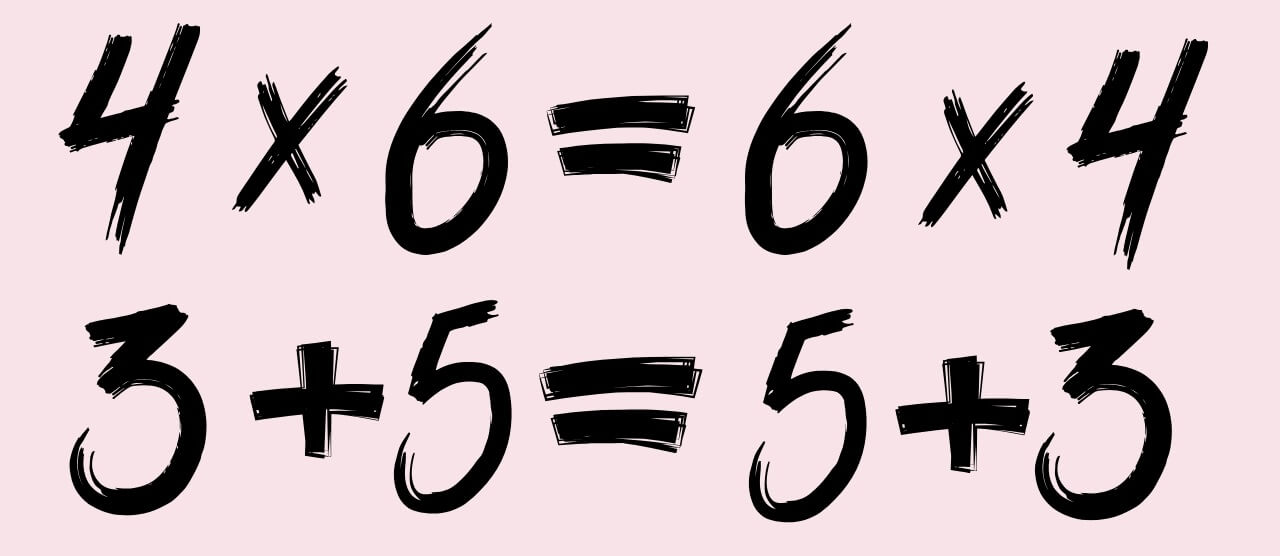
- When you add or multiply two numbers, you always get another natural number.
- Example: 2 + 3 = 5 (still a natural number), 4 × 6 = 24 (still a natural number).
- But subtraction and division do not always work. Example: 5 – 7 = -2 (not a natural number).
2. Order Does Not Matter in Adding and Multiplying

- You can swap numbers, and the answer stays the same.
- Example: 3 + 5 = 5 + 3, 4 × 6 = 6 × 4.
- But this does not work for subtraction and division! Example: 7 – 3 ≠ 3 – 7.
3. Grouping Does Not Change the Answer
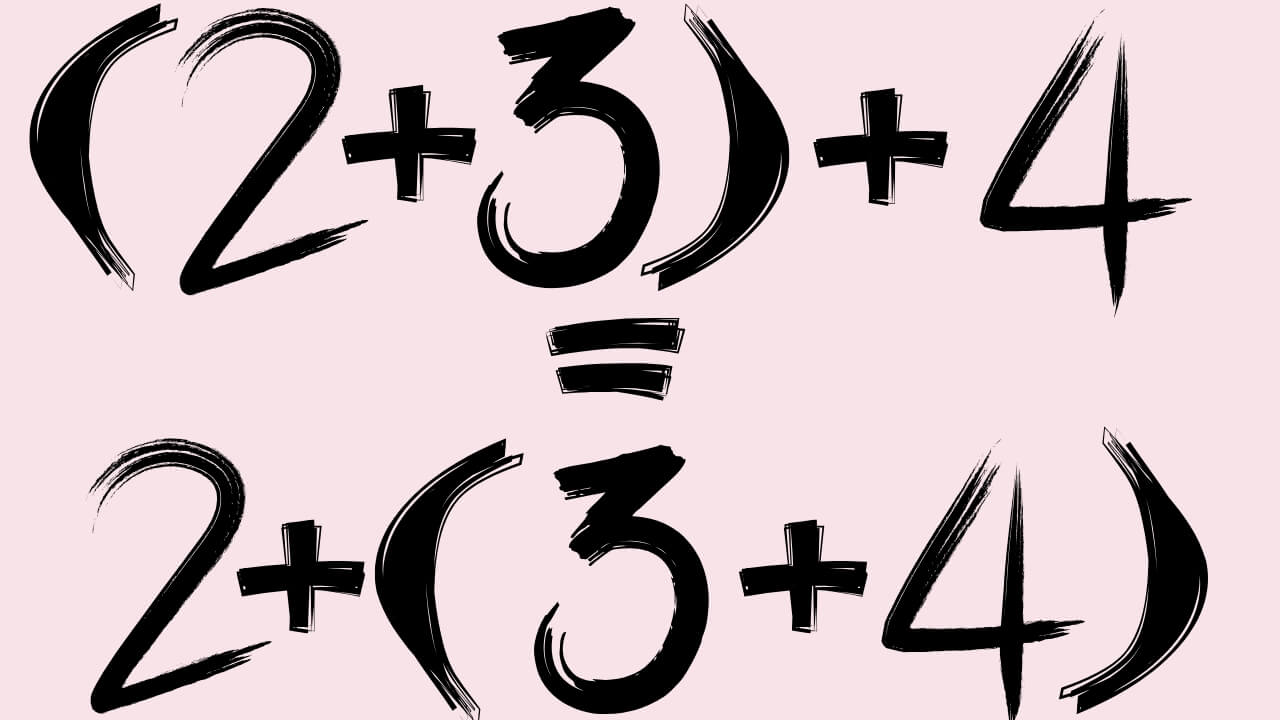
- No matter how you group numbers, the answer stays the same.
- Example: (2 + 3) + 4 = 2 + (3 + 4).
- This works for adding and multiplying but not for subtracting and dividing.
4. Breaking Multiplication into Parts
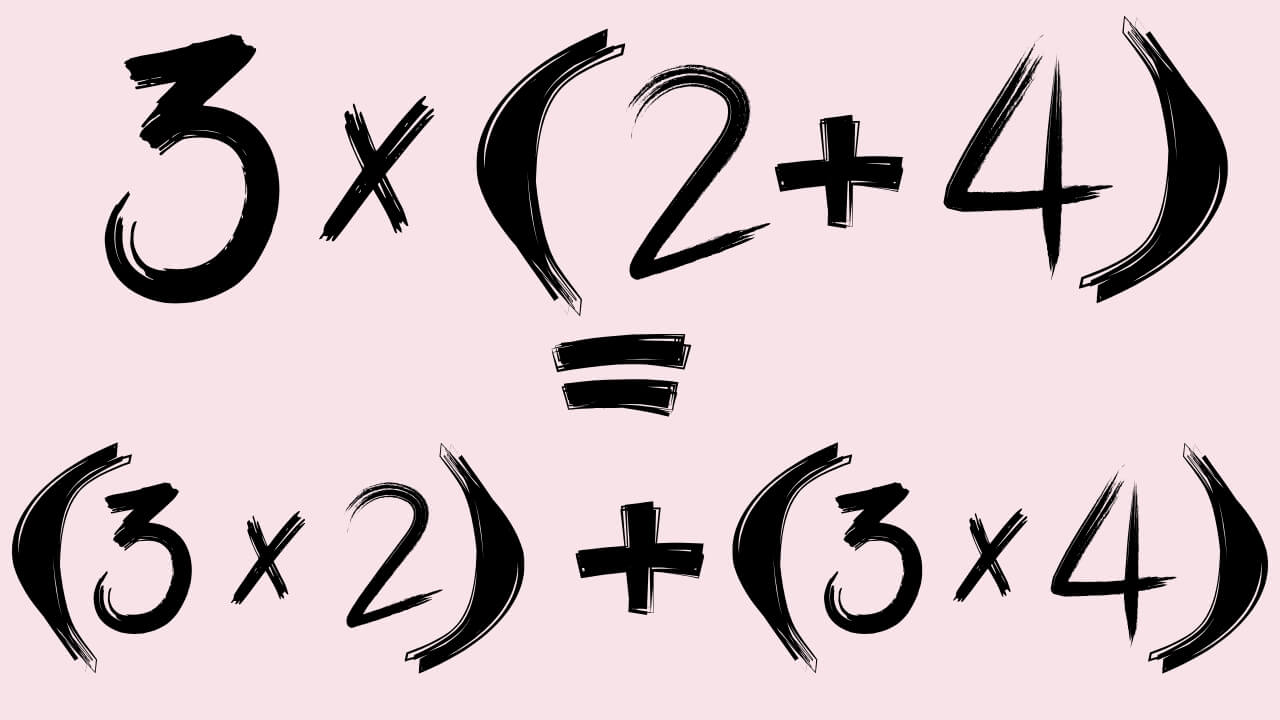
- A number outside the bracket can be split and multiplied with each number inside.
- Example: 3 × (2 + 4) = (3 × 2) + (3 × 4).
Can You Answer These Simple Natural Number Questions?
Let’s see how well you understand these numbers! Try answering the following questions:
- What is the smallest natural number?
- Is zero a natural number?
- Which number comes after 9 in natural numbers?
- Is -3 a natural number?
- Are all natural numbers also whole numbers?
Everything we explained before should help you figure out the answers. We talked about what natural numbers are, how they work, their properties, and their differences from whole numbers. If you paid attention, you should be able to answer these questions easily!
Answers to the Questions
- What is the smallest natural number? → 1
- Is zero a natural number? → No, zero is a whole number but not a natural number.
- Which number comes after 9 in natural numbers? → 10
- Is -3 a natural number? → No, natural numbers do not include negative numbers.
- Are all natural numbers also whole numbers? → Yes, but not all whole numbers are natural(because whole numbers include zero).
Now that you know the basics, it’s time to see how much you remember! Test yourself with some simple math questions made for 7 year olds. Challenge yourself and see if you can get all the answers right. The more you practice, the better you get at using natural numbers!
Related Posts:
- What Are Irrational Numbers - Definition, Examples &…
- What is a Point in Geometry? Definition and Examples
- Whole Numbers Explained - Definition, Uses, and Key…
- Why Are Reflexive, Symmetric, and Transitive…
- What Are the Types of Polynomials? Definitions and Examples
- 9 Fun Math Games Inspired by Real Sports That Teach…





